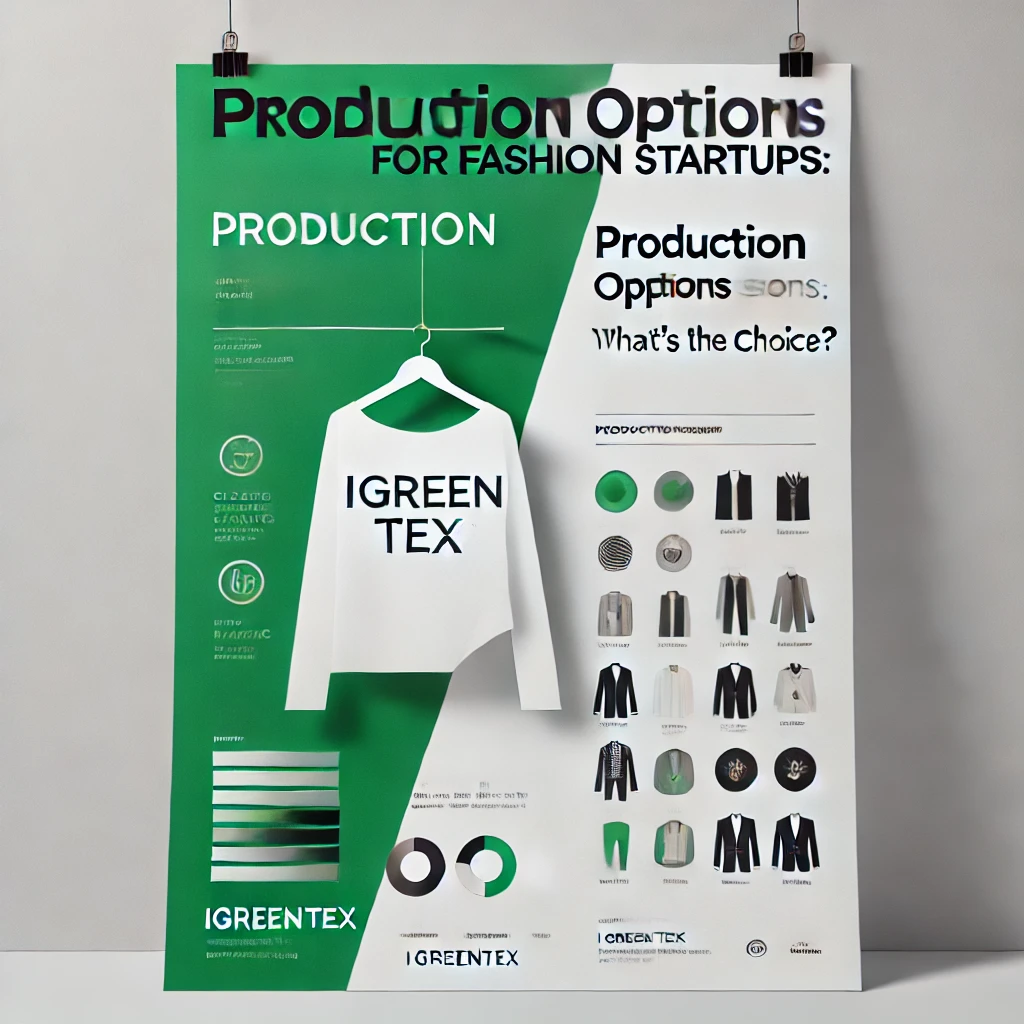- What is 3D Printing in Apparel Manufacturing?
- Customization and Personalization
- Sustainable Apparel Manufacturing
- Faster Production and Supply Chain Transformation
- Innovative Designs and New Possibilities
- Challenges of 3D Printing in Apparel Manufacturing
- The Future of Apparel Manufacturing
- Conclusion
- About IGREEN TEX
- IGREEN TEX VIETNAM CO LTD
The future of apparel manufacturing is being shaped by revolutionary technologies, and one of the most impactful innovations is 3D printing technology. This groundbreaking method is transforming how clothes are designed, produced, and delivered. As we enter a new era of fashion, 3D printing in apparel manufacturing offers exciting opportunities for customization, sustainability, and faster production.
What is 3D Printing in Apparel Manufacturing?
3D printing is a process of layering materials like plastic or fabric to create three-dimensional objects. In apparel manufacturing, this means that designers and manufacturers can create garments directly from digital files. This eliminates the need for traditional methods like cutting and sewing. 3D printing can produce complex designs and precise patterns that are difficult to achieve with conventional techniques. It is a new, efficient way of making clothes that is rapidly gaining popularity.
Customization and Personalization
One of the key benefits of 3D printing in apparel manufacturing is the ability to offer personalized products. With 3D printing, manufacturers can create garments that are customized to fit the exact measurements of the individual wearer. This level of customization is a game-changer for the fashion industry. Consumers no longer need to settle for standard sizes. They can have clothes that are tailor-made for their body shape, enhancing comfort and style.
In addition to fit, 3D printing allows for creative freedom in design. Customers can personalize patterns, colors, and textures, making each piece truly unique. This level of personalization is becoming increasingly important in today’s fashion world. Consumers are looking for clothing that reflects their personality, and apparel manufacturers can meet this demand using 3D printing.

Sustainable Apparel Manufacturing
Sustainability is one of the most pressing concerns in today’s fashion industry. Traditional apparel manufacturing processes often produce a lot of waste. Fabrics are cut, and large amounts of material are discarded. However, with 3D printing, materials are used more efficiently. Only the necessary amount of material is printed, reducing waste significantly.
Moreover, 3D printing can use eco-friendly materials like biodegradable polymers or recycled plastics. This contributes to a more sustainable apparel manufacturing process. By embracing 3D printing, manufacturers can reduce their environmental impact and meet the growing demand for eco-conscious fashion.

Faster Production and Supply Chain Transformation
Speed is another significant advantage of 3D printing in apparel manufacturing. Traditional production methods often require several steps, including fabric cutting, sewing, and finishing. Each step takes time and can lead to delays. With 3D printing, garments are produced directly from digital designs, eliminating many of these steps. This results in much faster production times.
Additionally, 3D printing can disrupt the global supply chain. Instead of outsourcing production to multiple factories, manufacturers can print garments locally, reducing shipping costs and lead times. This also allows apparel manufacturers to respond more quickly to changes in fashion trends or consumer demands. The ability to produce clothes on-demand minimizes overproduction and helps companies manage inventory more efficiently.\

Innovative Designs and New Possibilities
3D printing opens up a world of design possibilities that were once impossible. Designers can create intricate and complex patterns that are difficult to achieve using traditional methods. The technology allows for the production of seamless garments, reducing the need for stitching and seams. This not only improves comfort but also gives the clothes a more modern and sleek look.
Additionally, 3D printing allows for the integration of new materials and technologies into clothing. For example, garments can be printed with embedded sensors or electronic components. This could lead to the development of smart clothing, capable of monitoring health data or adjusting to temperature changes. Apparel manufacturing is no longer just about producing clothes; it’s about creating wearable technology.

Challenges of 3D Printing in Apparel Manufacturing
While 3D printing offers many benefits, it also comes with its challenges. The technology is still relatively new, and many apparel manufacturers have not fully adopted it yet. One of the main obstacles is the cost of 3D printing machines and materials. Although prices are gradually decreasing, the initial investment can be high for smaller manufacturers.
Another challenge is the limited range of materials available for 3D printing. Traditional fabrics like cotton and wool cannot yet be fully replicated by 3D printers. This means that 3D printing may not be suitable for all types of clothing. However, advancements in 3D printing materials are being made, and it is likely that we will see more options in the near future.
Additionally, there are concerns about durability. 3D-printed garments may not yet be as durable as traditionally made clothing. As the technology improves, this is expected to change, but it remains a barrier for some apparel manufacturers.

The Future of Apparel Manufacturing
Despite these challenges, the future of apparel manufacturing with 3D printing is bright. As the technology becomes more accessible and materials improve, more manufacturers will begin to adopt it. This shift will lead to more efficient, sustainable, and innovative clothing production.
In the coming years, we can expect to see more brands offering 3D-printed garments as part of their collections. The ability to create custom-made clothing on demand will become a key selling point for many companies. 3D printing will also play a crucial role in reducing waste and promoting sustainable fashion practices.
Moreover, as apparel manufacturers continue to explore the potential of 3D printing, we are likely to see new developments in wearable technology. Smart clothing, responsive fabrics, and self-healing garments are just some of the exciting possibilities that could be realized through 3D printing.

Conclusion
3D printing is revolutionizing the world of apparel manufacturing. From offering customized clothing to reducing waste and speeding up production, this technology has the potential to change how clothes are made. While there are still challenges to overcome, the future of apparel manufacturing with 3D printing is full of possibilities.
As the fashion industry continues to evolve, apparel manufacturers that embrace 3D printing will be at the forefront of innovation. This technology not only meets the needs of modern consumers but also addresses the industry’s growing focus on sustainability. 3D printing is not just the future of apparel manufacturing; it’s the future of fashion itself.
About IGREEN TEX
IGREEN TEX is a provider of fashion and textile products, offering a wide range of apparel both domestically and internationally. Our commitment to quality ensures that our products not only meet the highest standards but also promote eco-friendly practices.
IGREEN TEX VIETNAM CO LTD
Address: No. 83, A4 Street, Ward 12, Tan Binh Dist, HCMC
Tax code: 0315844409
Email: info@igreentex.com
WhatsApp/Viber/Zalo: +84 938.045.900



